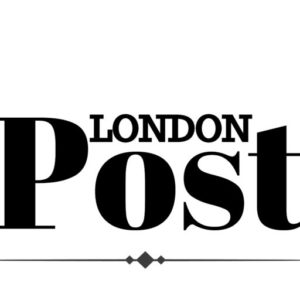Yes, you can transfer other pensions into an SSAS as long as it’s registered with HM Revenue & Customs, and the receiving SSAS pension provider will accept the transfer. So, rather than selling the investment in your current pension accounts, you can simply transfer them into an SSAS.
What Is an SSAS?
Small, self-administered pension schemes (SSAS) are company pension schemes designed for a maximum of 11 members, especially senior staff. While membership is mostly limited to senior executives and company directors, workers and even family members may be accommodated in some instances. SSAS pensions are usually set up on a defined contribution basis, and they mostly cater to private and family-run businesses.
The value of each member’s entitlement from an SSAS depends on their defined contributions, the length of time each contribution has been invested, and the growth of the account over the pension period.
How Does an SSAS Pension Work?
A company can only set up one SSAS pension per HMRC guidelines. The members of the SSAS are appointed as trustees, and an administrator oversees the scheme. SSAS members have control and flexibility over their pension assets and investment choices. The pension scheme also allows members to pass their accounts to future generations.
Unlike other pension schemes, SSAS benefits from certain pension legislation exemptions that allow members to explore a wider range of investment choices, including commercial property. The scheme also allows the company to take a commercial loan to purchase an asset or property like a new building. Additionally, companies operating SSAS can borrow money via a mortgage for investment or business operations needs.
Tax Benefits of SSAS Pension
SSAS is a defined contribution scheme that qualifies the trustees to be eligible for tax relief. Some of the tax reliefs attributed to HMRC-registered SSAS include the following:
Benefits of Switching to an SSAS
Here are some major reasons why switching to SSAS may be the better option for you:
1. Investment flexibility
SSAS allows members to invest in a wider range of assets, including stocks, shares, corporate bonds, and commercial property. Cryptocurrencies are another viable investment option, and they are well known for their high growth potential. In 2024 alone, the global cryptocurrency market surged by 68%. Companies running an SSAS can also invest in their own premises as commercial property — if you run an SSAS, you can buy a property through it and lease that property back to your business. You can also use the SSAS account to lend money back to the company and buy the company’s shares.
2. Tax benefits
SSAS pensions follow the usual tax rules for defined contribution schemes. Members of an SSAS on the basic taxpayer level get 25% tax relief, while higher-rate taxpayers may be able to claim even more tax relief on their tax returns. Additionally, assets and investments under the scheme are tax-free, and their disposal is not charged for capital gains tax.
3. Inheritance benefits
SSAS members can leave their accounts to those they choose. Those benefiting from the inheritance can get it income tax-free under specific conditions. For instance, if you pass before you turn 75, your SSAS beneficiaries can claim the account free of inheritance tax. But if you pass after 75, they may need to pay income tax on the withdrawals from your SSAS per HMRC rules.
How To Transfer Other Pensions to an SSAS
Reach out to your existing pension providers and request a pension transfer to your new SSAS. There will be a bit of paperwork involved; the process may take a few days to weeks before it is completed, and your current pension provider may try to convince you to reconsider your decision, but that is finally up to you. Weigh in on the benefits of each scheme and go for the best option. You may also want to get a financial advisor on board before making the final switch.
FAQs
Can I transfer different pensions into an SSAS?
Yes. You can consolidate multiple pensions into an SSAS account, which will make your pension easier to monitor and help you reduce costs.
How do a SIPP and an SSAS differ?
Anyone who wants to save for retirement can use SIPP, while SSAS is limited to mostly company directors, senior executives, and family members, especially in a family-owned business. While SIPP can cater to more individuals, SSAS is limited to an 11-member cap. However, SSAS offers more investment flexibility and control compared to SIPP.
What are the costs related to an SSAS pension?
Most companies running SSAS set it up without depending on pension providers. The costs associated with an SSAS pension will depend on whether the SSAS is provided by a pension provider or directly by the company. Pension providers usually charge establishment fees, administrative fees, and other operational fees.
Can I set up SSAS as a family scheme?
HMRC allows family members to be invited to be trustees in an SSAS, making it the perfect option for family-owned businesses.








